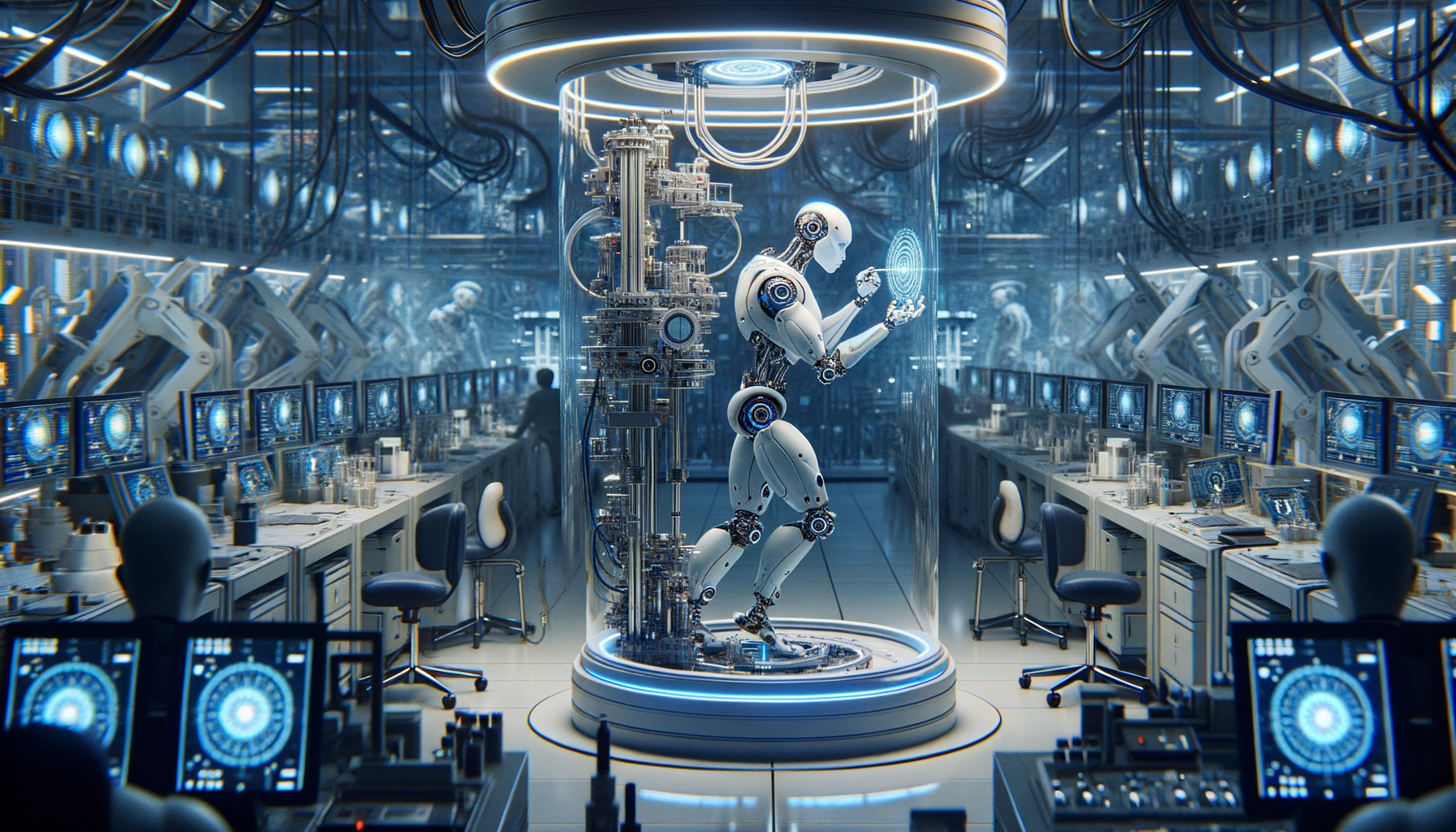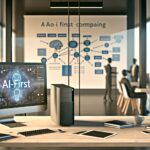### How Long Can AI Robotics Function Like a Human?
In today’s rapidly advancing tech-driven world, artificial intelligence (AI) and robotics often capture our fascination. From self-driving cars to automated customer service, intelligent machines increasingly mimic human behavior. This raises an intriguing question: **How long can AI robotics function like a human?** Here, we’ll explore the capabilities and limitations of AI robotics and delve into expert predictions for their future.
## Understanding AI Robotics Human Functionality
AI robotics combines AI and robotics to perform tasks traditionally carried out by humans. The aim is to replicate human intelligence and dexterity in machines, making them adept at complex cognitive and physical tasks.
### Key Technologies Behind Human-like AI Robotics
1. **Machine Learning (ML):** At the core of AI robotics, ML enables robots to learn from data and improve over time. Algorithms are trained on vast datasets to recognize patterns and make informed decisions.
2. **Natural Language Processing (NLP):** This technology helps robots understand and respond to human language, enabling seamless communication. NLP processes and analyzes massive amounts of natural language data.
3. **Computer Vision:** Enables robots to interpret and navigate the visual world. Through image recognition and analysis, robots can identify objects, understand environments, and perform tasks with accuracy.
4. **Robotic Actuators:** Mimicking human muscles and joints, these components facilitate the physical movement of robots. Actuators convert computer commands into mechanical actions, allowing for lifelike movements.
## Advancements in Human-like Robotics
### AI Robots Mimicking Human Actions
Modern AI robots are increasingly proficient at performing tasks once exclusive to humans. From serving food in restaurants to assisting in surgeries and even engaging in social interactions, AI robots are making significant strides. Technologies such as deep learning, which allows systems to learn from large datasets, and reinforcement learning, where robots learn optimal behaviors through trial and error, are essential to these advancements.
### AI Robotics Capabilities in Various Fields
– **Healthcare:** Robots assist in diagnoses, surgeries, and patient care, significantly reducing human error. Surgical robots enable precise operations, while diagnostic AI analyzes medical images with high accuracy.
– **Customer Service:** AI-powered bots handle inquiries, complaints, and provide personalized recommendations, enhancing customer satisfaction. Chatbots and virtual assistants efficiently answer questions and solve problems.
– **Manufacturing:** Precision-oriented industrial robots streamline automation in factories. These robots perform repetitive tasks with high precision and consistency, boosting productivity and safety.
### AI Robotics Human Interaction
One of the most exciting advancements is AI’s ability to interact seamlessly with humans. Chatbots and personal assistants like Alexa and Siri demonstrate how natural and fluid conversations with AI have become. These systems employ advanced algorithms to understand context, process natural language, and provide relevant responses, making interactions feel more human-like.
## Future of AI Robotics
Experts predict significant advancements in AI and robotics over the next few decades. However, achieving full human-like functionality will require time and continual innovation.
### Predictions for AI Robotics Human Abilities
1. **Short-term (5 to 10 Years):**
– In the coming years, robots are expected to handle increasingly sophisticated tasks, such as advanced data analysis and complex problem-solving. We will see more AI-driven robots performing specialized roles in various industries.
1. **Medium-term (10 to 20 Years):**
– Significant progress in emotion recognition and empathy will enable robots to interact more naturally with humans. Enhanced AI systems will better understand context and emotional nuances, making interactions more meaningful.
1. **Long-term (20 to 30 Years):**
– By this time, robots may exhibit near-human intuition and decision-making. AI systems could be deeply integrated into both personal and professional spheres, assisting in a wide range of activities from household chores to high-stakes decision-making.
### Limitations of AI Robots in Human Roles
Despite rapid advancements, AI robots have several limitations:
– **Emotional Intelligence:** While AI can recognize emotions to an extent, true empathy and emotional depth are areas where human capabilities vastly outshine machines. Human emotional intelligence involves complex processes like understanding context, past experiences, and genuine empathy, which AI has yet to fully replicate.
– **Creativity:** AI lacks the innate creativity that humans possess. While AI can generate content or ideas based on existing data, innovation and creativity that involve thinking outside the box are challenging without human input.
– **Ethical and Moral Reasoning:** Complex moral and ethical decisions are beyond the current scope of AI. Humans rely on a combination of cultural, social, and personal experiences to make ethical decisions, a nuance that AI struggles to emulate.
## Conclusion
Significant strides have been made in bringing AI robotics closer to human-like functionality, but there remains a long journey ahead. These robots are transforming industries by performing tasks once deemed impossible for machines. For instance, AI systems in healthcare are diagnosing diseases early, thus saving lives, while AI-powered robots in manufacturing increase efficiency and safety.
Achieving true human-like abilities in AI robotics will require ongoing advancements in technology and a profound understanding of human behavior and cognition. Technologies such as quantum computing, more sophisticated ML models, and interdisciplinary approaches combining psychology, biology, and AI are crucial for future progress.
In the meantime, it is fascinating to witness the potential of AI robotics and anticipate future innovations. The journey towards fully human-like robots will be marked by incremental but significant milestones, each bringing us closer to a future where AI and humans coexist harmoniously.
## Top SEO Keywords
– AI Robotics Human Functionality
– Human-like AI Robotics
– AI Robotics Capabilities
– Artificial Intelligence in Robotics
– Future of AI Robotics
Stay tuned to our blog for more insights on AI and robotics as we continuously explore the latest trends and breakthroughs in the tech world.





Leave a Reply